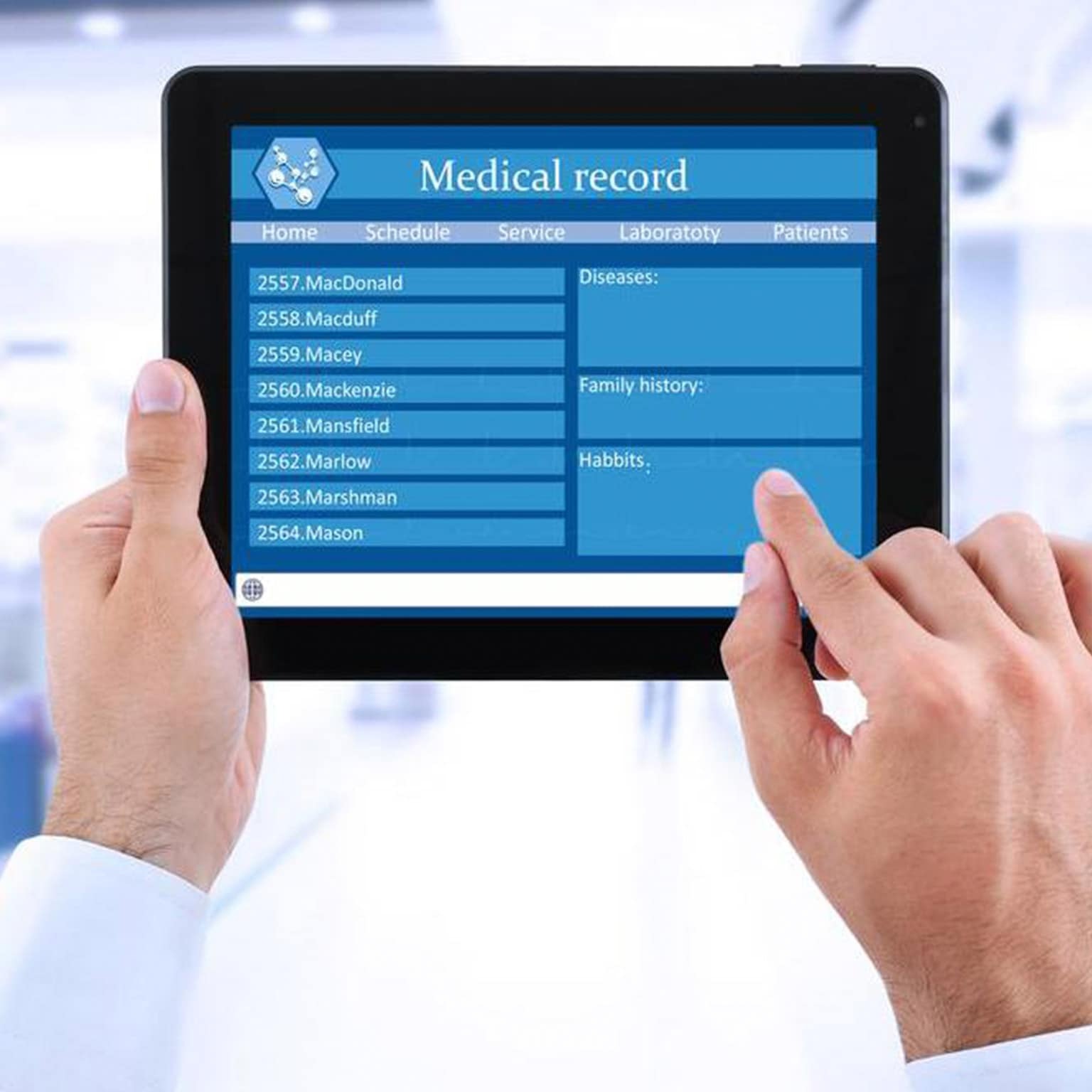
@ShahidNShah


US health systems invested more than $10 billion in electronic health record (EHR) systems between 2008 and 2013, and were projected to spend another $10 billion to $15 billion by 2016. For most health systems, these investments constitute their largest capital expenditures, but few if any systems have maximized the return on those investments. To capture the full impact of their investments, health systems must look beyond traditional arguments for EHR implementation, such as efficiency gains and meaningful use incentives. (To understand why, see the sidebar on p. 2 of the PDF). Instead, they should emphasize both clinically and operationally oriented sources of value, including better supply utilization, improved clinical out-comes, and new labor practices that optimize both care quality and service efficiency. When done right, these approaches can generate 10% to 20% of additional contribution impact—which, on a per-bed basis, can amount to an additional $10,000 to $20,000 in annual margin.
Continue reading at mckinsey.com
Over the last 18 months we’ve all seen, on a global scale, the challenges healthcare facility managers are facing as they work to maximize their buildings’ operational performance while also …
Connecting innovation decision makers to authoritative information, institutions, people and insights.
Medigy accurately delivers healthcare and technology information, news and insight from around the world.
Medigy surfaces the world's best crowdsourced health tech offerings with social interactions and peer reviews.
© 2025 Netspective Foundation, Inc. All Rights Reserved.
Built on Apr 2, 2025 at 6:10am